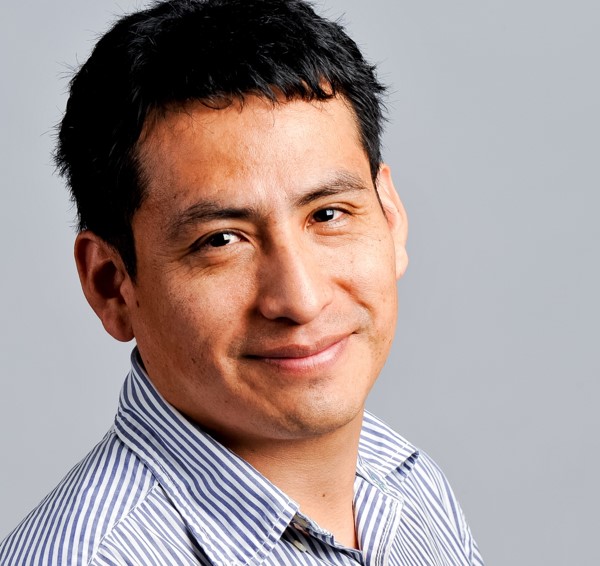Project Title: Wetland facility for the University of Houston Coastal Center
Funding Agency: U.S. National Science Foundation
Period: September 2018 - August 2022
PI: Steven Pennings
Co-PIs: Arturo S. Leon and Stacey Louie
Project Summary:
This project will construct a wetlands research facility, the University of Houston Wetland Observatory for Wildlife/Water research (UH WOW), at the University of Houston’s existing field station, the University of Houston Coastal Center (UHCC). The UHCC is situated between Houston and the Texas Gulf Coast and is currently utilized for research on prairie ecology, coastal ecology, experimental evolution, geoenvironmental studies and geophysics, micrometeorology and air quality, and behavior of wildland fires. It is also used for field trips and hands-on coursework in ecology, environmental science, geophysics, and architecture. The UH WOW facility will expand the research capabilities of the UHCC in the areas of pond, wetland and grassland ecology; flood control; water quality and treatment, and aquatic robotics. The UH WOW facility will be comprised of an array of 12 wetlands (with a diameter of 20 m each and a maximum depth of 2 m), two of which can be used as needed as storage reservoirs, occupying a total area of about 5 acres within the ~1,000 acres of the UHCC. The wetlands will be individually plumbed and controlled with remotely-operated valves, allowing easy filling, draining and control of hydroperiod.
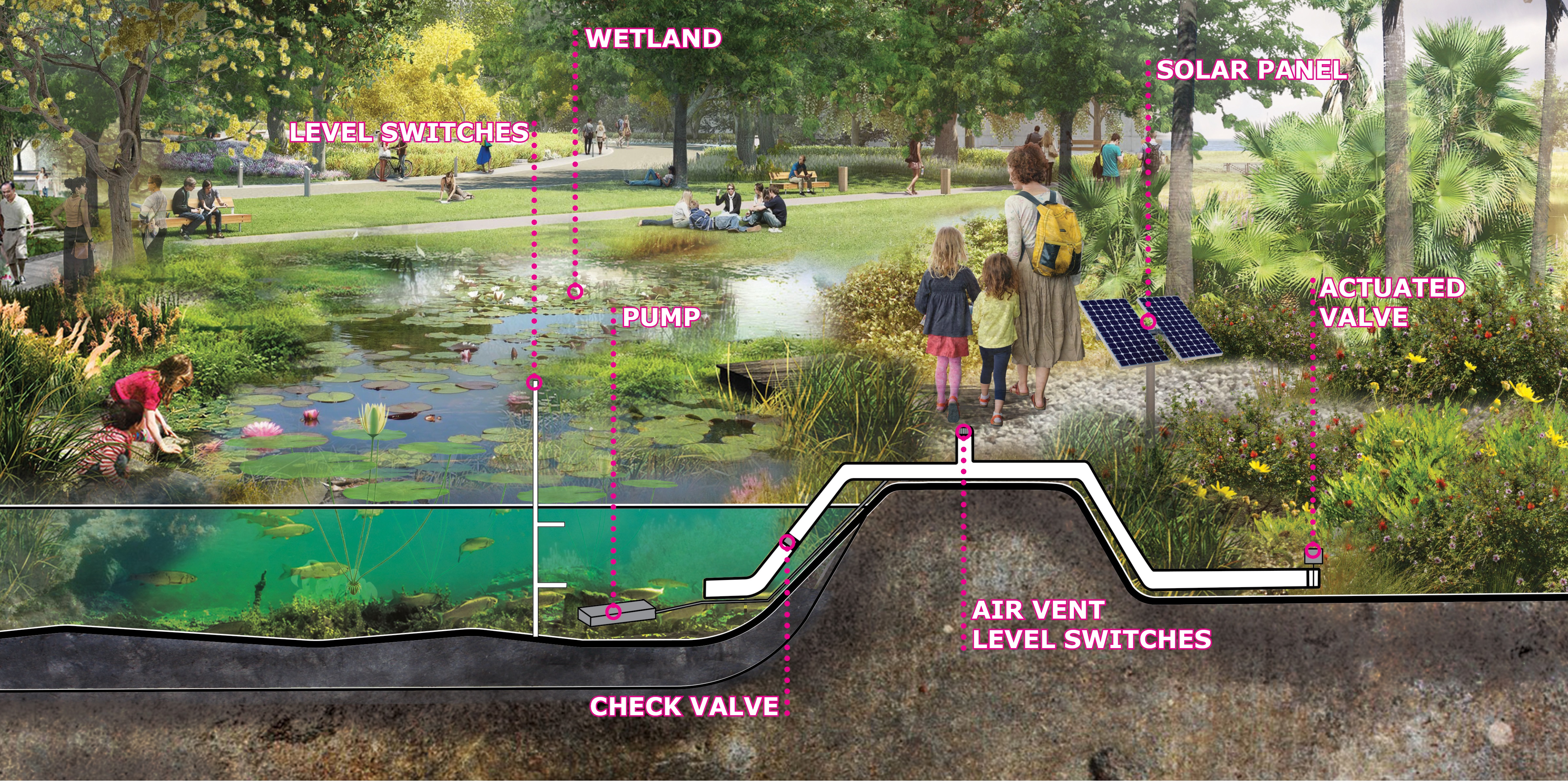
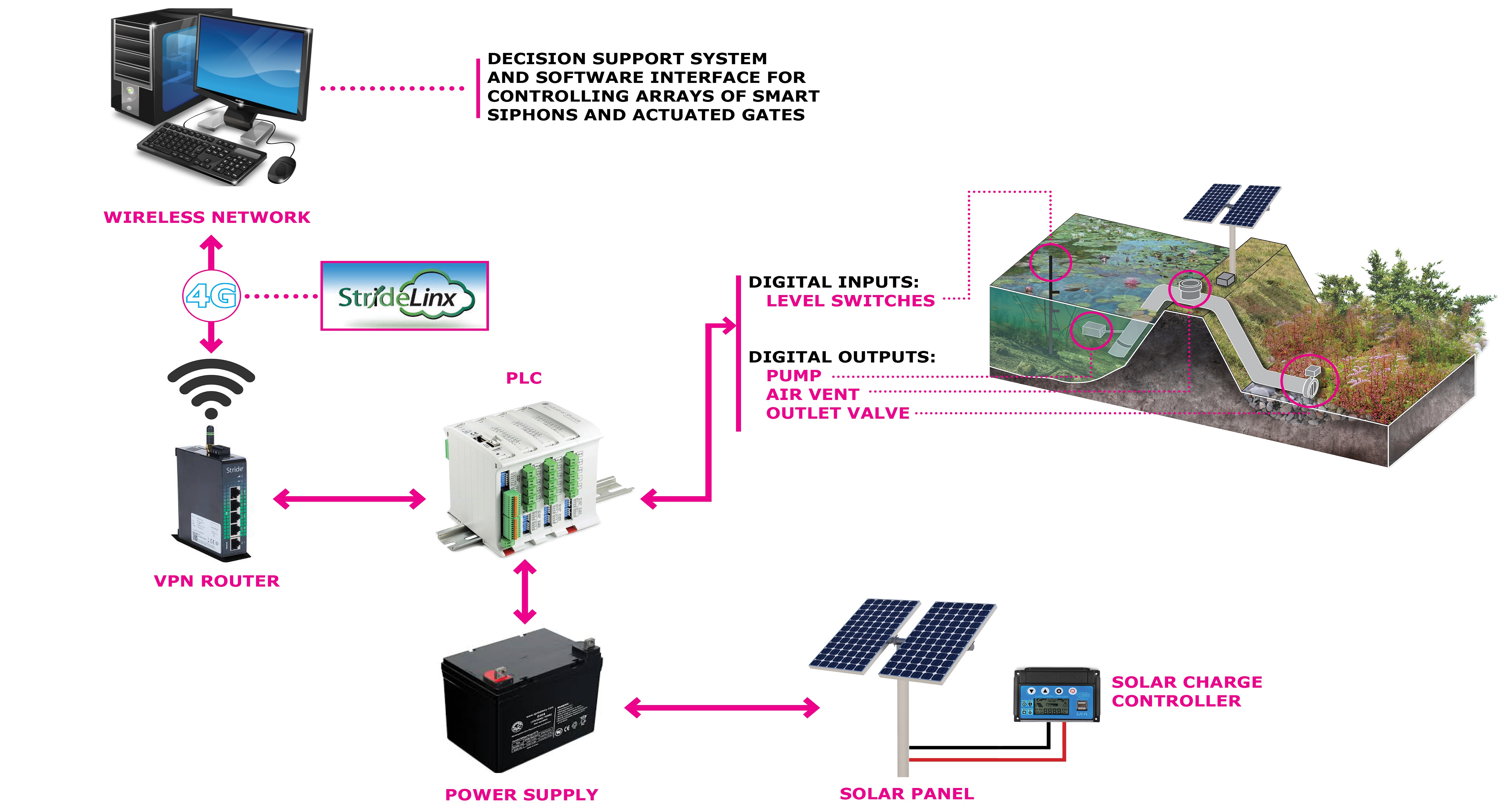
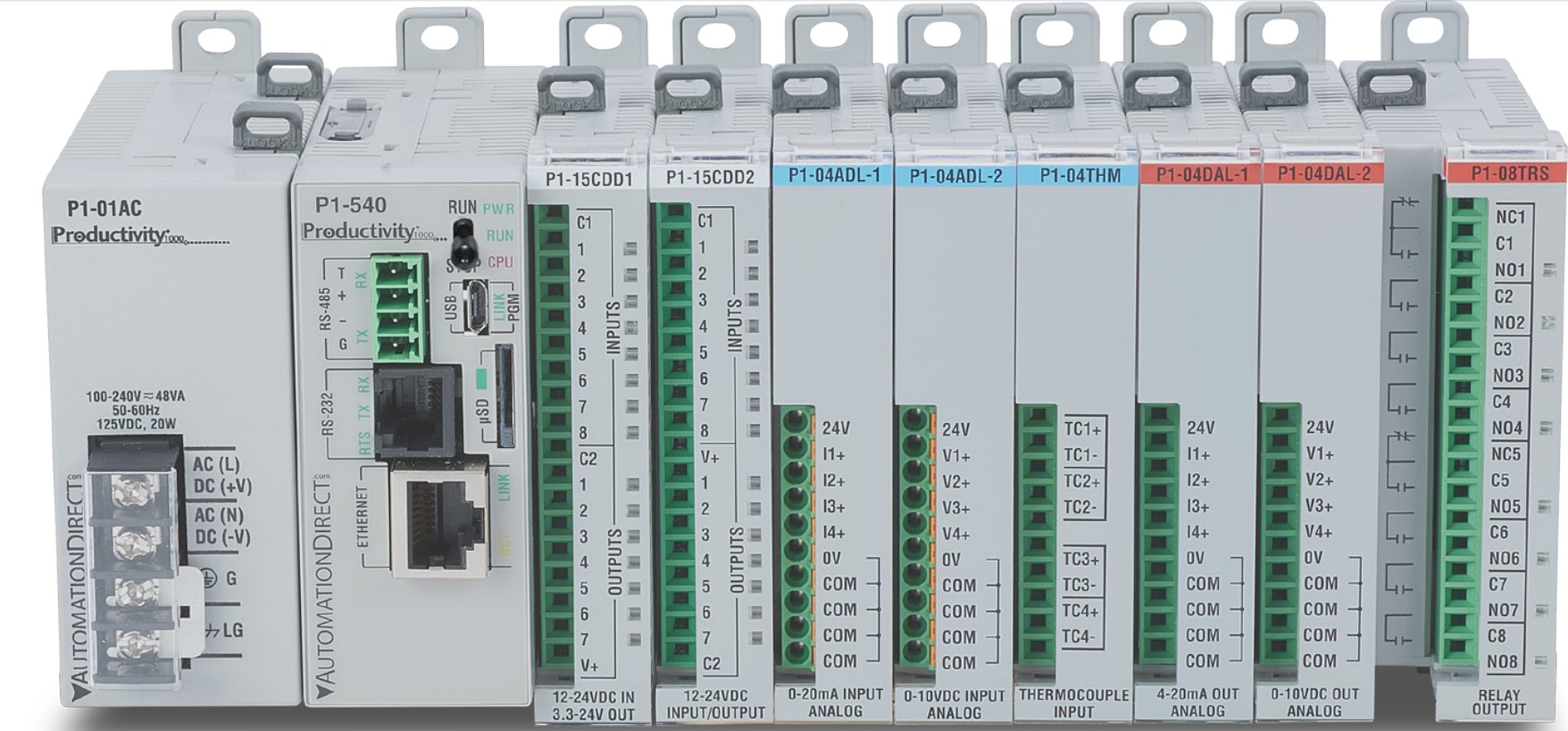
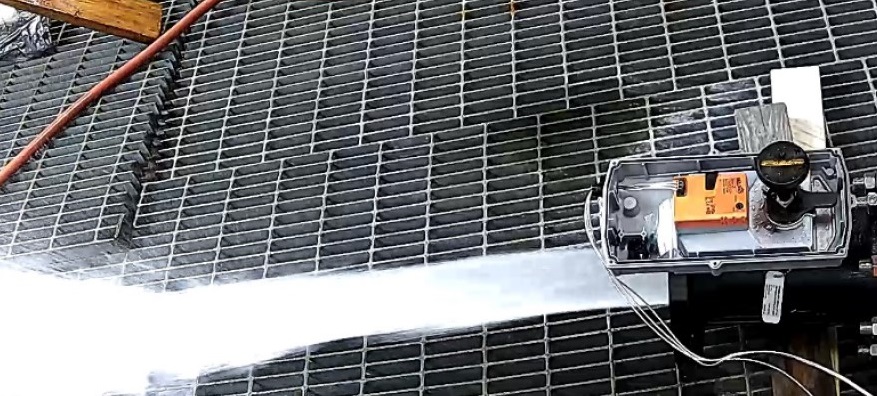
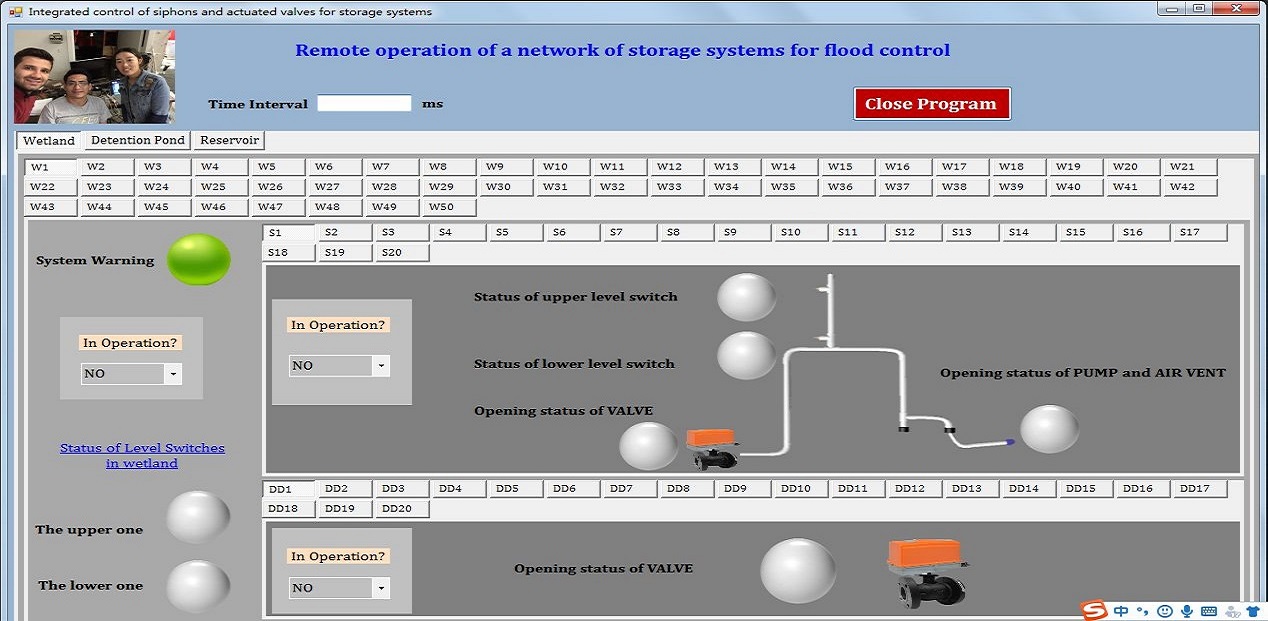
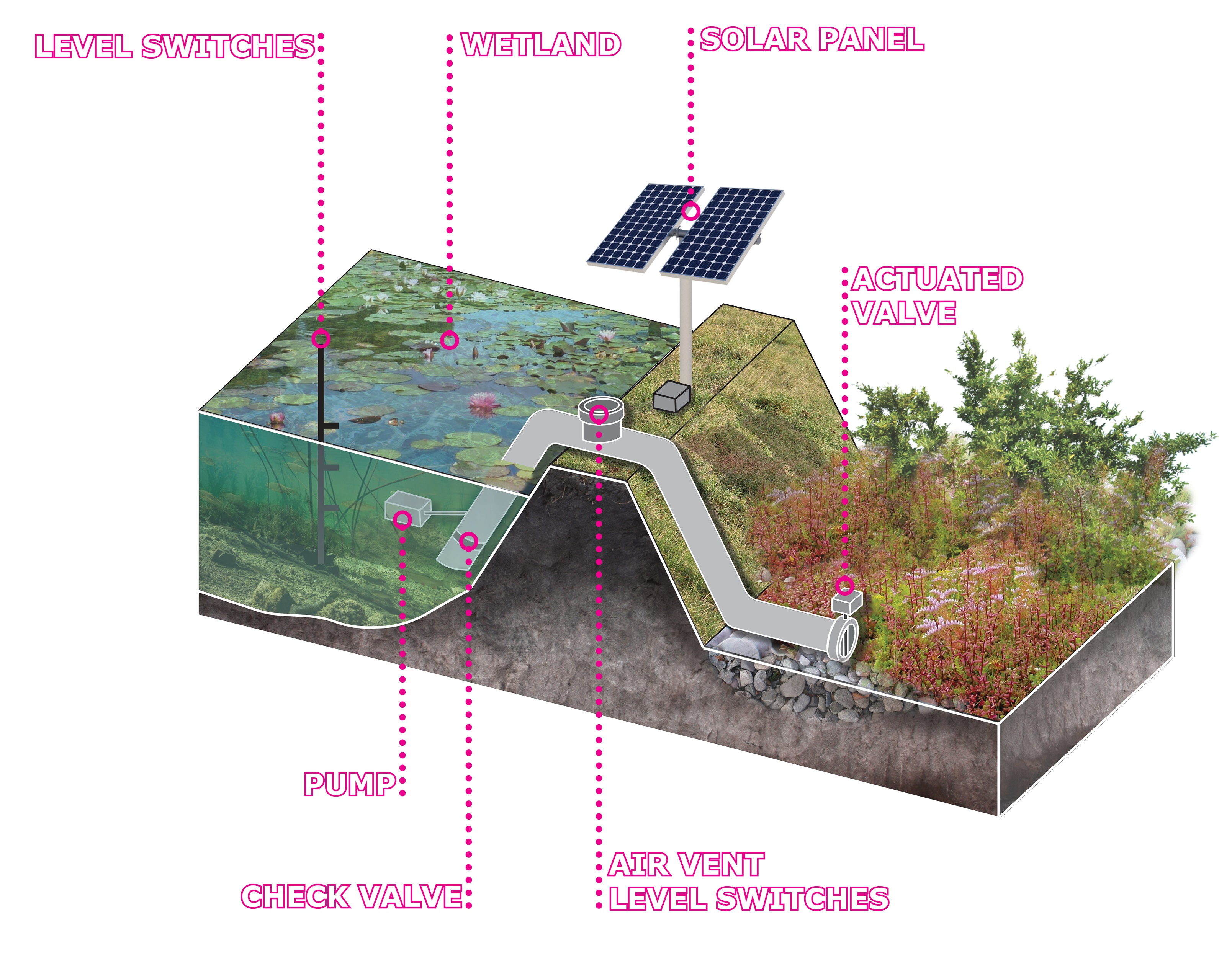
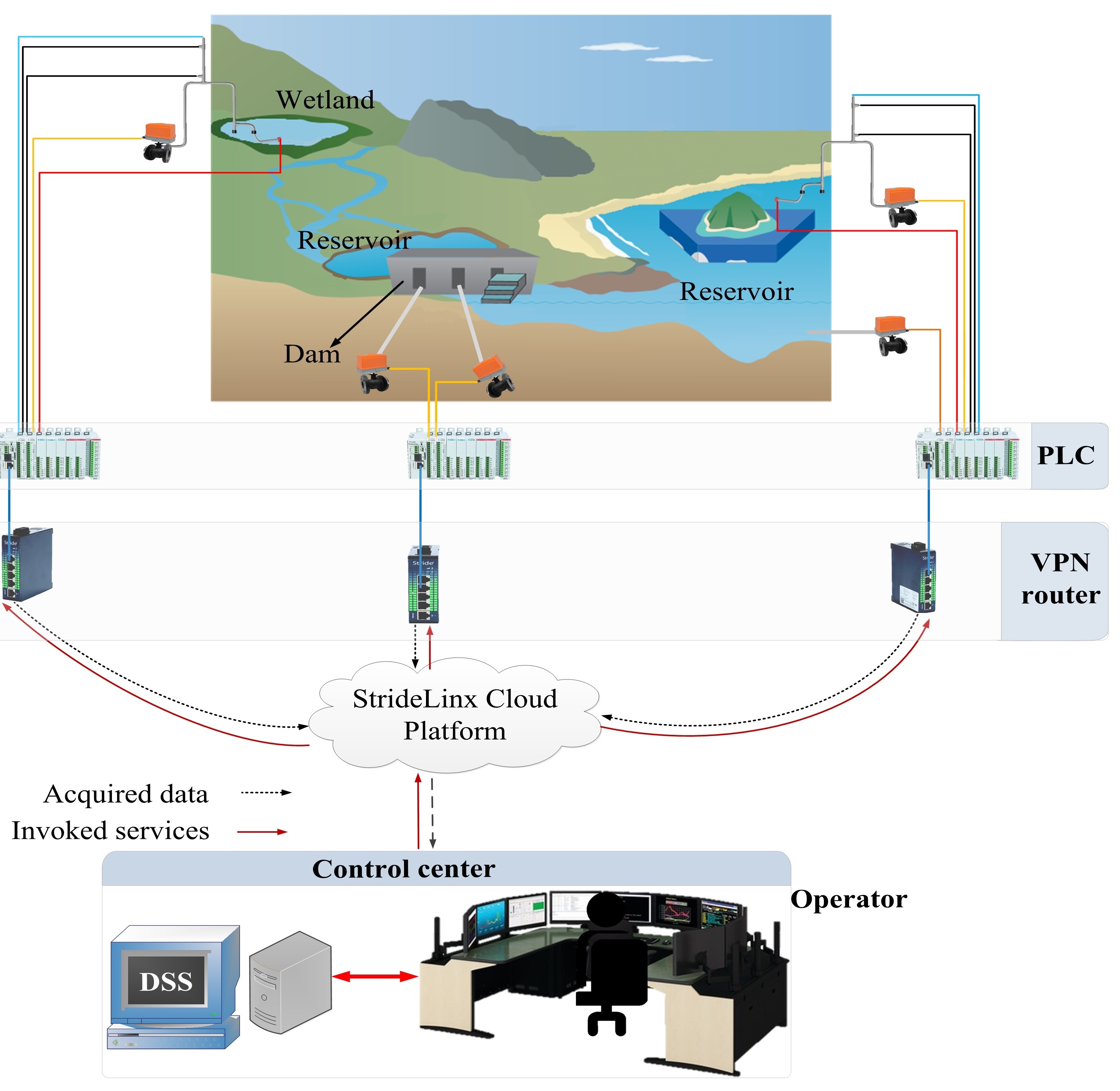
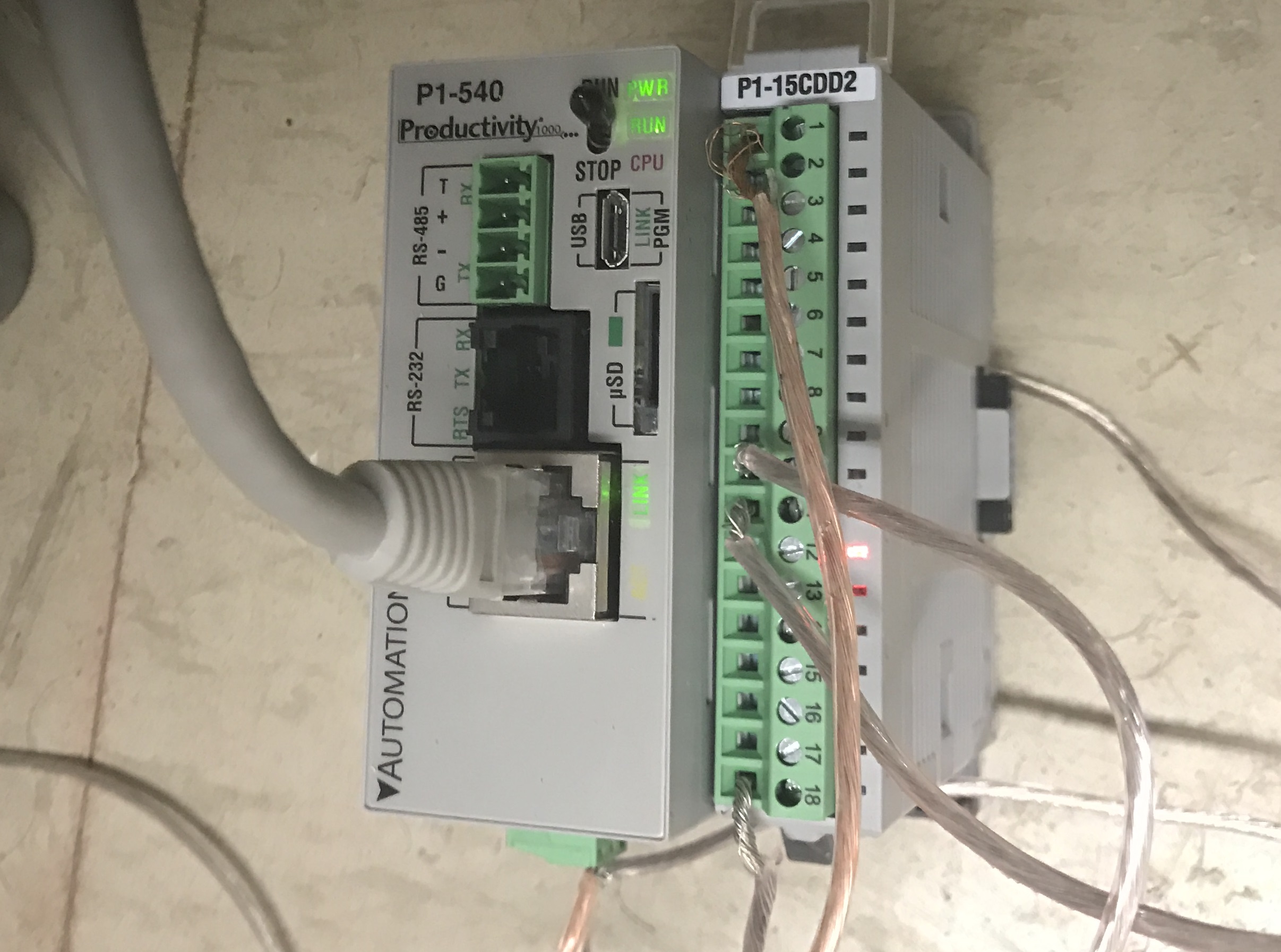
Our remotely-operated system for water release of storage systems (e.g., wetlands, detention ponds and reservoirs)
Because water level will be adjustable, the wetlands will function as ponds, wetlands or seasonally-flooded grasslands, depending on water depth and hydroperiod. The facility will allow replicated experiments at a natural scale. Currently, most of the potential users of the facility are limited to working either in large tanks, which are not very natural and are fairly small for most purposes, or in natural ponds, which are not replicated, lack control of hydroperiod, and allow a limited range of experimental manipulations. The new wetland facility will be the only facility on the Gulf Coast allowing controlled experiments in replicated wetlands. In addition, the facility will encourage interdisciplinary collaborations between biologists, hydrologists, and environmental engineers to investigate the effects of active wetland management on wetland ecology and flood control and pollutant removal capabilities. Currently, no constructed wetland facility exists along the Gulf Coast, and only a few facilities exist across the United States that are similar to the WOW facility. The University of Mississippi Field Station, which is located 250 miles from the Gulf Coast, has 220 experimental ponds ranging in size from 0.04 ha to approximately 1 ha, encompassing a total area of about 90 ha. The Kellogg Biological Station at Michigan State University has 18 experimental ponds with a diameter of 30 m each. The South Farm aquaculture research facility at Mississippi State University has 86 experimental ponds encompassing a total area of about 6 ha. The WOW facility at the UHCC will fill a major research need in Texas and bordering states for a site where scientists could conduct research on Gulf Coast wetlands. This wetland field station will greatly expand the UHCC’s research capabilities and draw researchers from not only the Houston metropolitan area but from across the Texas and Gulf Coast region.
Project Participants
Research Outcomes:
The research outcomes of this project will be made available in this website. Please check the buttons below accordingly.
Website visitors since January 30, 2020
COPYRIGHT, ARTURO S. LEON

